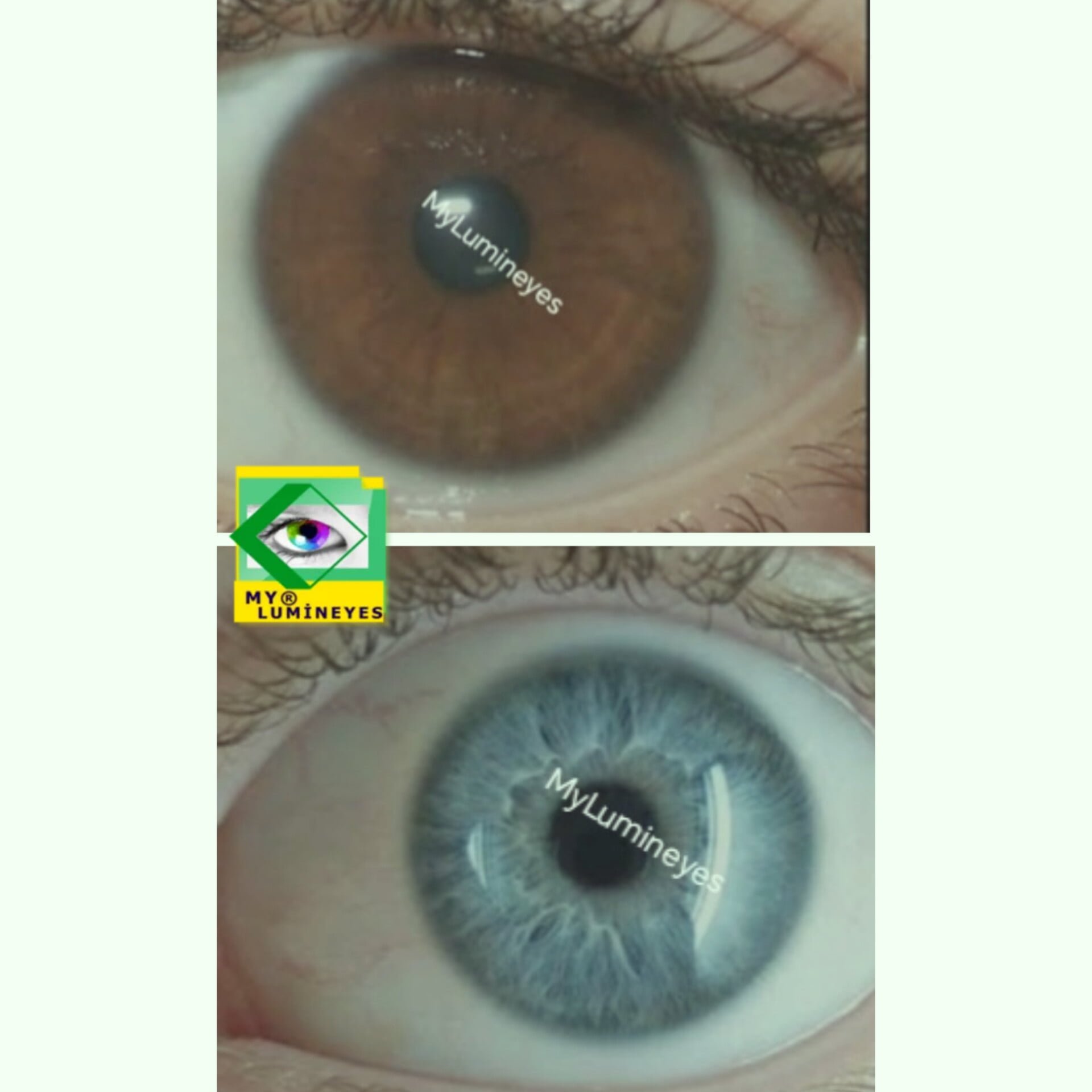Dr. Mustafa Mete is the first physician in the world to change your eye color with a safe and healthy laser. With the Lumineyes method, it has successfully provided service for natural and effective eye color change. Change your eye color with confidence. Everyone thinks that changing eye color is inconvenient and risky. Can Your Eyes Change Color Safely and Naturally? Of course, your eye color may change, but the lumineyes laser method is necessary for it to be healthy. We spent 10 years developing the Lumineyes method. After all, research and studies yielded results in 2010. In addition, we use laser eye color change surgery not only for heterochromia but also cosmetically. Finally, we offered you the ” best eye color change process. “
All Posts 